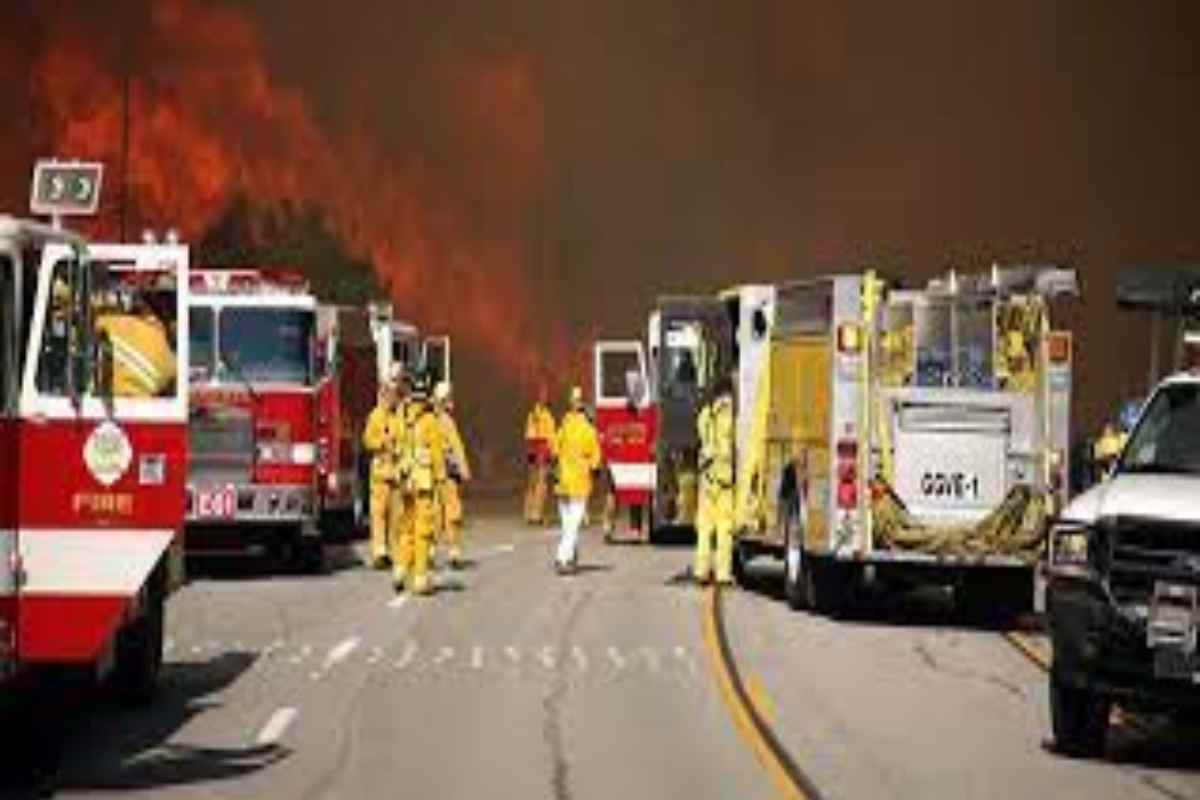What are Businesses Responsibilities when Responding in Emergency Situations?

Responding in Emergency Situations
The actions you take in the initial stages of responding to an emergency are critical. Remember that your business is responsible for protecting operations, workers, and infrastructure from the harmful effects of an emergency.
Emergencies could happen due to natural or artificial events. For example, they could be due to fires, hurricanes, and terrorism. Additionally, they could be due to the appearance of deadly disease-causing pathogens.
Different types of emergencies present various hazards in the locations they happen. For example, the hazardous materials could be biological, chemical, nuclear, radiological, ergonomic, or physical. With this in mind, your business must establish an emergency plan before the events happen.
Table of Contents
Developing an Emergency Response Plan
The first crucial step in creating a response plan is to conduct a risk assessment. It comes in handy to enable you to identify potential emergency scenarios. At the same time, it gives you an in-depth understanding of what will happen. Thus, you can determine the requirements you must have in place.
Besides, risk assessment empowers you to develop plans and procedures to prepare your company for an emergency. Ensure your emergency plan is consistent with your performance objectives. Also, it must take into account people with disabilities.
At the very least, your response plan should protect everyone in your facility. This is known as the “protective actions for life safety.” It comprises building evacuation, sheltering from adverse weather and exterior airborne hazard, and lockdown. A lockdown, in this case, protects your business when faced with an act of violence.
Protective Actions for Life Safety
The priority in all emergency procedures is always life safety. Next, the second most crucial thing is stabilizing the incident. Responses in this second list of importance include:
- Provision of first aid, CPR, and medical assistance by trained team members to save lives
- Using small fire extinguishers to put out small fires
- Containment of small chemical spills
- Supervision of systems and utilities to minimize damage
Other protective actions for safety include:
Evacuation Plans
Timely evacuation procedures during an emergency are crucial. They call for the use of a functional and reliable warning system. In other words, the system should be audible or accessible throughout the building.
For example, the fire alarm system should be loud enough for all to hear. If you don’t have a fire alarm, other warning systems can come in handy, for example, a digital signage system.
Strategically placed corporate digital signage is a vital visual component of mass communication. In an emergency, you can tailor the digital signage content to the situation. Pertinent information to capture on digital signage includes:
- Evacuation routes or emergency exits
- Shelter-in-place suggestions
- Relevant phone numbers, contact information, or addresses
- Other important updates
Providing this information lets people know what to do in an emergency. In addition, evacuation communication through digital signage should be effective. Thus, display the information clearly and concisely. Bright colors and bold icons are an excellent way to capture attention for seamless interpretation.
Sheltering
In the case of adverse weather conditions like a tornado, you must sound a distinct warning signal. Doing so will alert everyone to move to a safe shelter in the most robust part of the building. Safe shelters may include interior rooms with reinforced masonry construction or basements.
Assess the potential shelters and conduct a drill to establish whether they hold all employees. Consider investing in an Emergency Alert System radio. Then, regularly tune in to weather warning broadcasts to stay in touch with any happenings.
Shelter-in-Place
A severe event could follow if a tanker truck gets into an accident on a nearby road and releases a cloud of toxic chemicals. For example, it could lead to an explosion. Consequently, emergency responders would have to order people within the vicinity to “shelter-in-place.”
This means ensuring everyone working outside the nearby buildings should enter inside immediately. Furthermore, everyone should move away from the windows to the core of the building. Consider having them move to the second or higher floors in a multistory building. Also, people should avoid the basement.
Lockdown
This is a workplace emergency action plan when there’s an act of violence. Where there’s loud popping sound and gunfire, staff members should know where to hide and maintain silence.
In the same way, they can seek refuge in a safe room, lock the door or barricade it from the inside. Then, they should hide in a corner away from windows and doors. Likewise, it’s crucial to train multiple people to broadcast a lockdown from a safe location.
Final Thoughts
It’s the responsibility of every business to have an emergency response plan and an emergency response team. Such a plan comes in handy in ensuring everyone’s safety in the event of an emergency.
Therefore, if you’ve been taking a reactive approach to emergencies, it’s time for a change. In particular, commit to learning as much as possible about emergency preparedness and response activities. It pays to be prepared, inasmuch as no one likes to think of the worst-case scenario.

